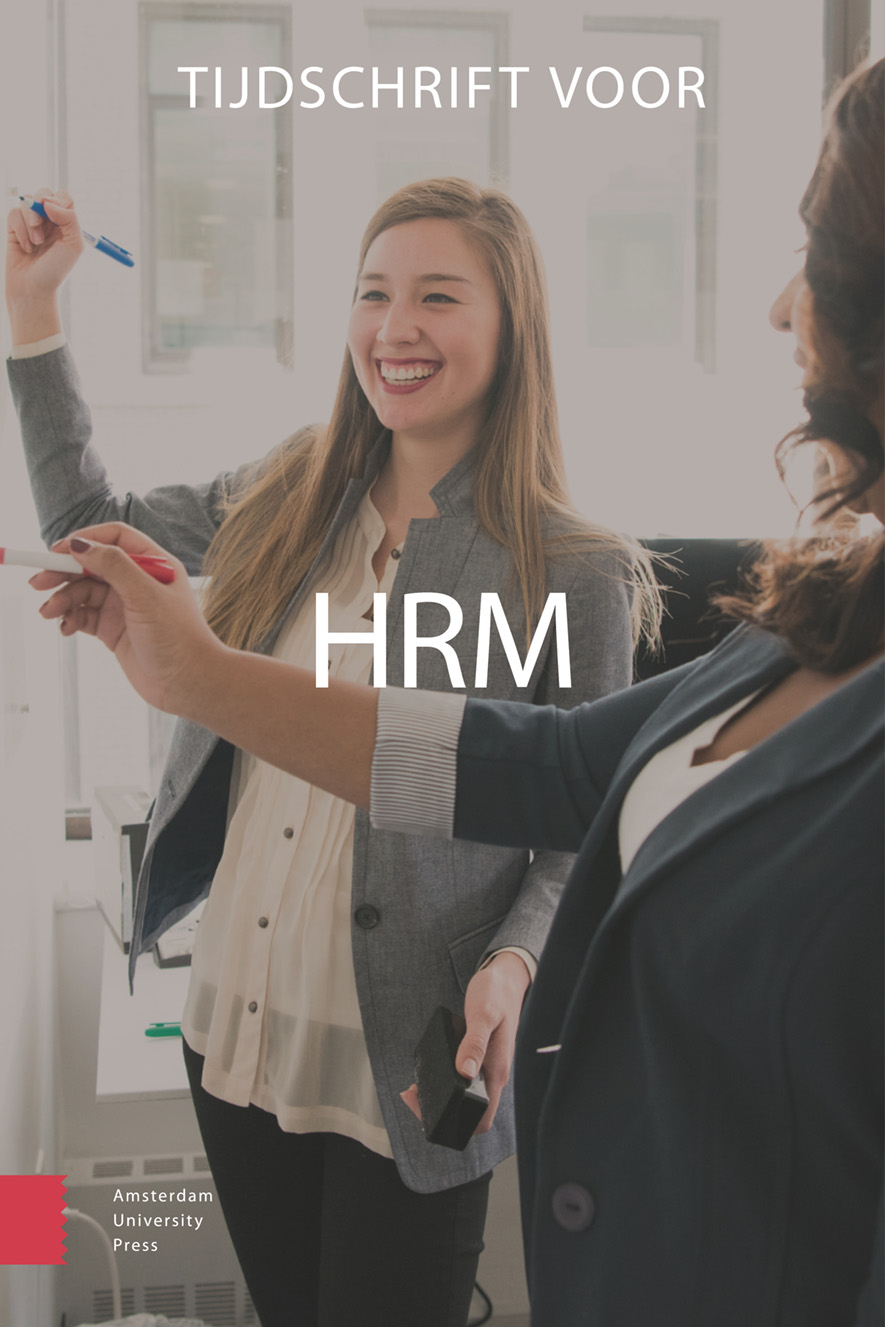-
oa De Impact van Technologische Ontwikkelingen op HR-professionals en het HRM-onderwijs
- Amsterdam University Press
- Source: Tijdschrift voor HRM, Volume 26, Issue 3, Dec 2023, p. 54 - 80
-
- 01 Dec 2023
- Previous Article
- Table of Contents
- Next Article
Abstract
In dit artikel is onderzocht hoe de HR-functie en het HRM-onderwijs strategisch waarde toe kunnen voegen aan de samenwerking tussen mens en technologie in organisaties. Door middel van twee deelonderzoeken is deze hoofdvraag onderzocht. Het eerste deelonderzoek bestond uit een kwalitatief onderzoek bij organisaties in drie sectoren (zakelijke dienstverlening, logistiek en gezondheidszorg) waarin is bestudeerd welke HR-activiteiten worden gevraagd van de HR-functie met het oog op het voorbereiden op en implementeren van technologische ontwikkelingen in organisaties. Het tweede deelonderzoek bestond uit een kwalitatief casusonderzoek bij HBO en WO HRM-opleidingen waarin in kaart werd gebracht welke kennis en competenties worden gevraagd van HR-professionals in de context van technologische ontwikkelingen en in hoeverre hier aandacht voor is in het HRM-onderwijs. Uit de bevindingen van beide deelonderzoeken blijkt dat HR-professionals worden geconfronteerd met veranderingen in hun functie als gevolg van technologische ontwikkelingen. Deze veranderingen vragen specifieke kennis en competenties van HR-professionals op gebied van technologie-gerelateerd verandermanagement, datageletterdheid en ethiek, multidisciplinaire samenwerking en de afstemming met (lijn)management als het gaat om het faciliteren van de implementatie van technologische ontwikkelingen. We bespreken praktische implicaties gericht op hoe HR-professionals en hoger HRM-onderwijs kennis en competenties kunnen inzetten voor deze ontwikkelingen.


